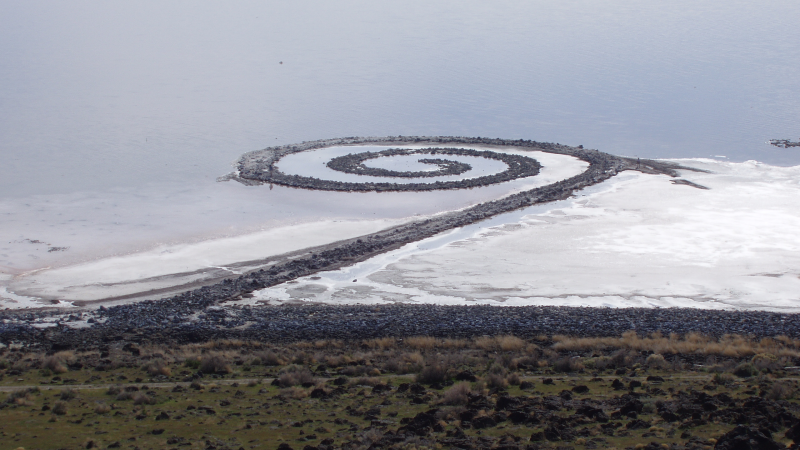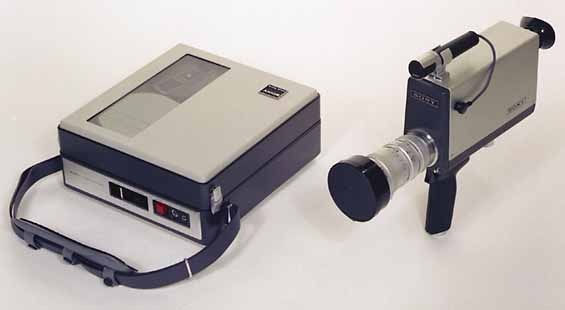Institutional critique
- Marina WitteMann

- Mar 12, 2020
- 5 min read
Updated: Jun 18, 2020
This is a work that no one without our precise history and educational background could possibly fathom.
Can you believe there are still people asking that tired old question, is it art? Right? (Fraser, 1991)
One of Bürger’s central theses is that “with the historical avant-garde movements, the social subsystem that is art enters the stage of self-criticism. Dadaism . . . no longer criticizes schools that preceded it, but criticizes art as an institution, and the course its development took in bourgeois society.”
…as Rosler put it in the title of her seminal 1979 essay, it also includes all the “lookers, buyers, dealers and makers” themselves. (Fraser, 2005)
Institutional criticism arose inside itself. It is aimed at researching the work of art institutions and museums. Thinking about the components of these institutions, we understand that the viewer is already an integral part of it. Ultimately, the exhibition is intended for the presentation of what the artist created and the subsequent sale. Thus, the circle of those involved in this “criticism” is big. Museum employees, artists, dealers, agents, curators, spectators and buyers are all involved in what is called the “realm of art”. But the degree of this involvement is not the same and the ability to criticize this institution, in my opinion, is different.

Abramović performing The Artist Is Present, Museum of Modern Art, March 2010 [Photography] At: https://en.wikipedia.org/wiki/Marina_Abramovi%C4%87#/media/File:ArtistIsPresent.jpg (Accessed 12.03.2020)
So, museum workers, for example, form the theme of the exhibition and select artists to uncover this issue. Artists, for their part, create works on the subject and present them. Dealers and galleries sell what the museum showed and the artist created. All that has been done above is active work with this institution. The viewer physically cannot paint the picture on the wall, but he can become part of a work of art. For example, works of Marina Abramović often involves direct participation of the viewer in the performance, where the experience gained becomes the very object of art. From this point of view, it can be stated that with the proper instructions for the art object, the viewer will receive an idea and experience, and will also be an integral part of it. That is, in this case, not necessary to know in advance about the essence of the work, you can just sit down at the table opposite to Marina and look into her eyes. The evoked emotions or their absence will be the result that was conceived by the artist. Thus, the viewer, regardless of whether he knows about the art proposed for perception or not, if he interacts with it, then he is part of this institution, and therefore all that is happening with this institution.
The situation with institutional criticism looks twofold. On the one hand, the viewer should already have some basis of knowledge about the issue under discussion, but on the other hand, this knowledge is not always there. If the viewer has previously encountered such criticism, then most likely he will see the proposed art object in the “correct” form, in the form in which the institute wants you to see it. Whether this is a positive quality is also a moot point, since without “knowledge of the subject” it is sometimes easier to evaluate the situation in full.

Nazca Lines, The Tree [Photography] At: https://en.wikipedia.org/wiki/Nazca_Lines#/media/File:L%C3%ADneas_de_Nazca,_Nazca,_Per%C3%BA,_2015-07-29,_DD_61.JPG (Accessed 12.03.2020)
More complicated is the lack of professional knowledge. Suppose the viewer is familiar with the Nazca geoglyphs and at that moment he sees the Robert Smithson Spiral Jetty. Here the art object is taken out of the gallery, there is no space restricting art from non-art.
Robert Smithson's "Spiral Jetty" [Photography] At: https://en.wikipedia.org/wiki/Spiral_Jetty#/media/File:Spiral-jetty-from-rozel-point.png (Accessed 12.03.2020)

The viewer can assume from previous experience that in front of him is one of the ancient works of mankind and not land art created in 1970. But if the viewer saw a photograph of this dam in the gallery, he would have reasoned differently. In this case, information is necessary for understanding the idea laid down by the artist. Without explanation, the viewer sees what he sees and no more; he interprets from his own experience. No one has not led the spectator along the shore of a salt lake in Utah and has not explained what he saw. He is free from the imposition of ideas. But as soon as clarifications are received, he automatically moves to the borders of the museum - where the curators have built the framework and rules for viewing works of art. It turns out that art itself is not free from the existing rules and conditions around it. The viewer, as part of this mechanism, regardless of whether he is endowed with the knowledge or not, is also not free of perceiving, because experience, objects, ideas are imposed on him.
Nature from this point of view is also imposed on the person/viewer, we can not choose the colour of the tree in the summer, it cannot be blue or pink, and our knowledge or ignorance does not affect this reality. We accept it and that’s it. Perhaps you need to relate to products made by man the same way as to the given of nature, and then individually decide is it aesthetically nice for us and whether to read about it or not.
“The intellectual sphere is in a sense a synthesis of ethics and aesthetics.” (Moscow Art Magazine №102, 2017)
Ultimately, if a person does not care about the influence of the activities of museum, gallery, artist on his own life or his environment, then this is his choice. But one way or another, the intellectual development of man is connected with the subject of criticism proposed to him. In other words, I am writing about this, you are reading about it, you are trying to catch me on a mistake in understanding the theory of institutional criticism, which means this is the point of connection for us, that is we are dealing with this issue, this issue exists in us and it has become our part. We have previous knowledge, and we will go to the exhibition even with the most controversial criticism, and if our experience is not enough for understanding in full art piece we will research it and anyway one day we get the point because intelligence is feeding by the search.
Bibliography and references
1. 1. Andrea Fraser, (1991) May I Help You? [online] At: https://www.scribd.com/document/47515769/Andrea-Fraser-May-I-help-you (Accessed 09.03.2020)
2. Andrea Fraser (2005) From the Critique of Institutions to an Institution of Critique [online] At: https://monoskop.org/images/b/b6/Fraser_Andrea_2005_From_the_Critique_of_Institutions_to_an_Institution_of_Critique.pdf (Accessed 09.03.2020)
3. Wikipedia, Institutional Critique [online] At: https://en.wikipedia.org/wiki/Institutional_Critique (Accessed 09.03.2020)
4. Moscow Art Magazine. Ethics of a sort, or Art and ethics based on the results of modernism, Artemy Magun, Yoel Regev, Alexander Pogrebnyak. [in Russian] Художественный журнал. Этика этакого, или Искусство и этика по итогам модернизма, Артемий Магун, Йоэль Регев, Александр Погребняк ВЫПУСК: №102 2017 [online] At: http://moscowartmagazine.com/issue/60/article/1230 (Accessed 10.03.2020)



Comments